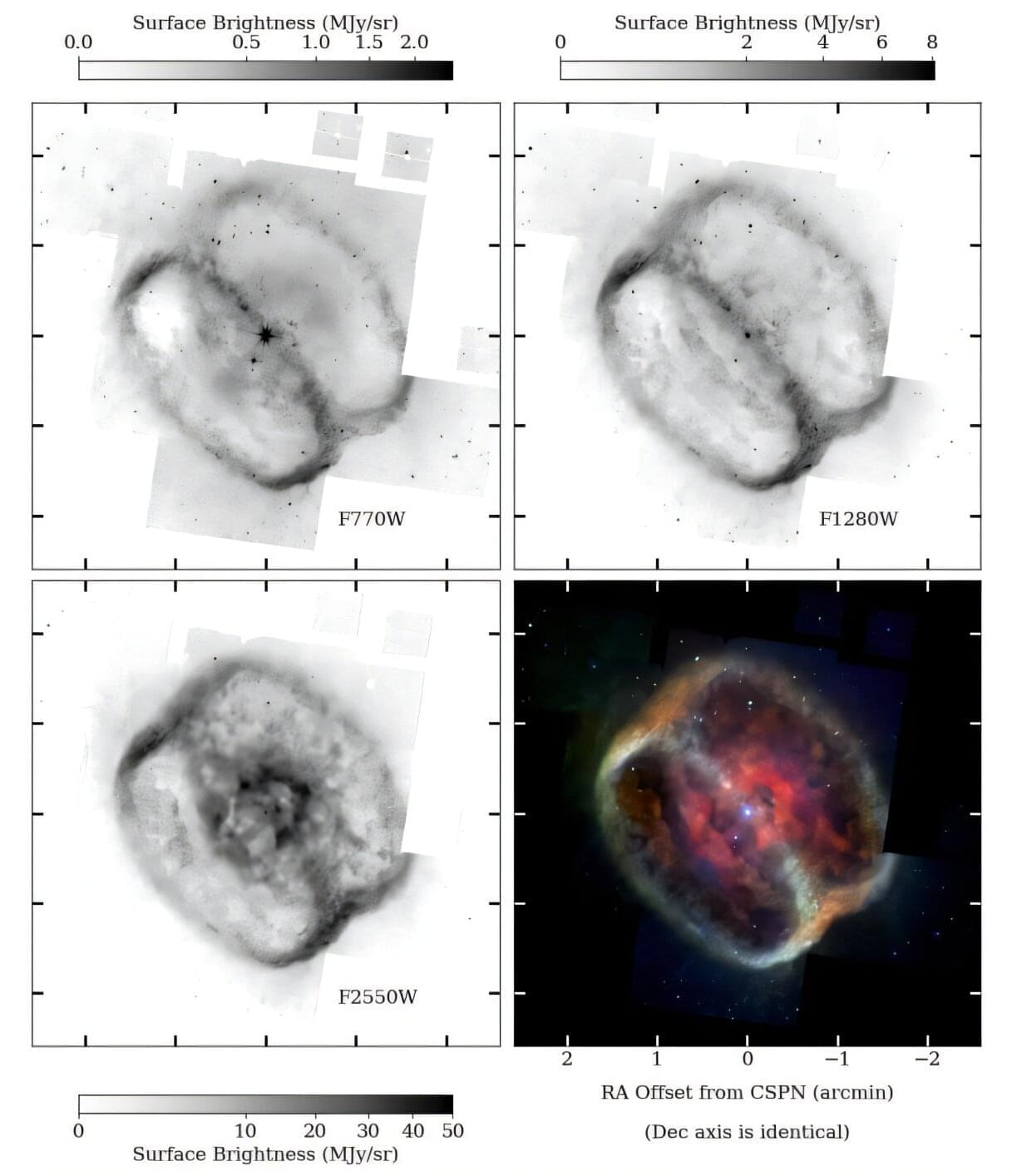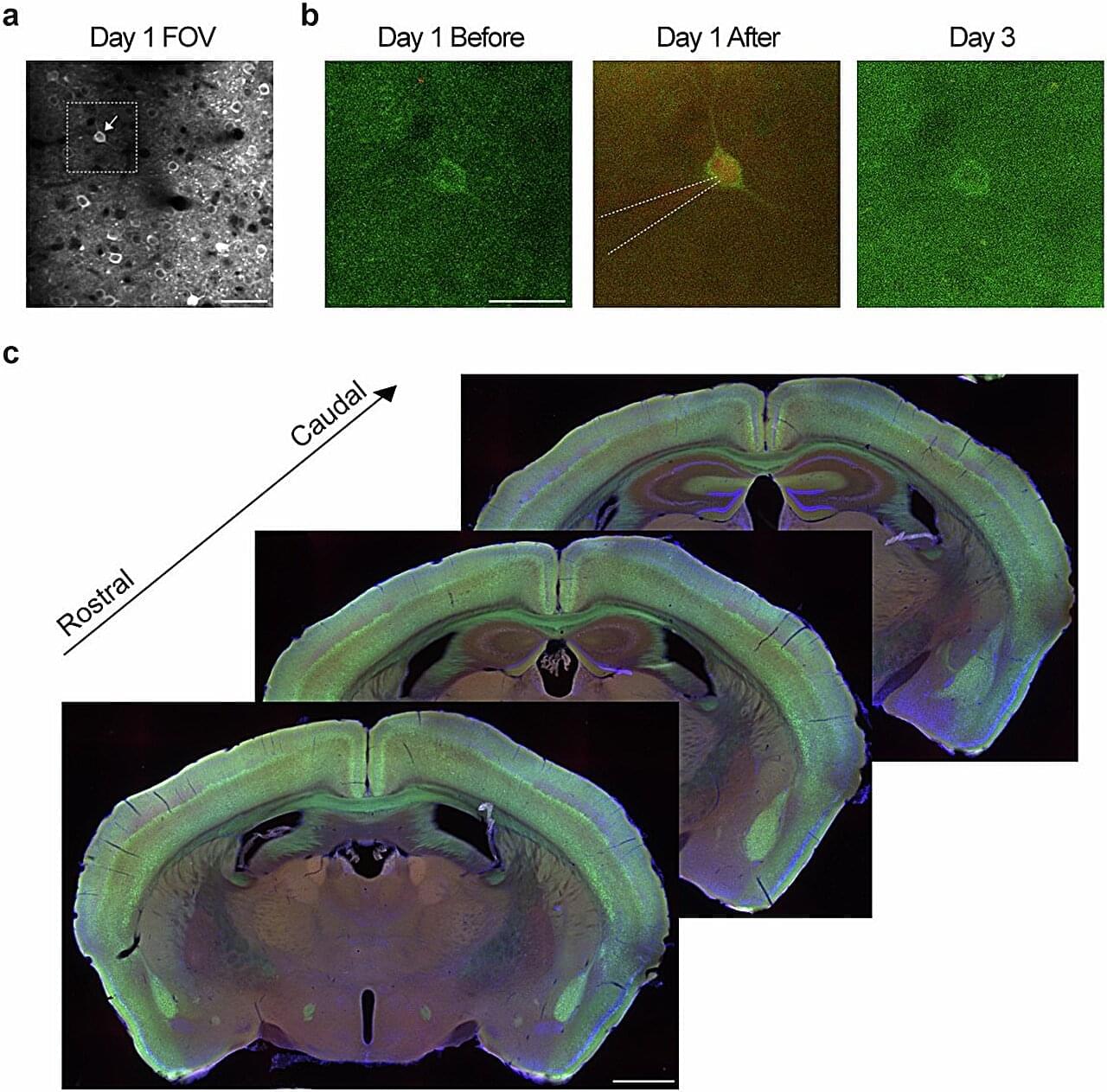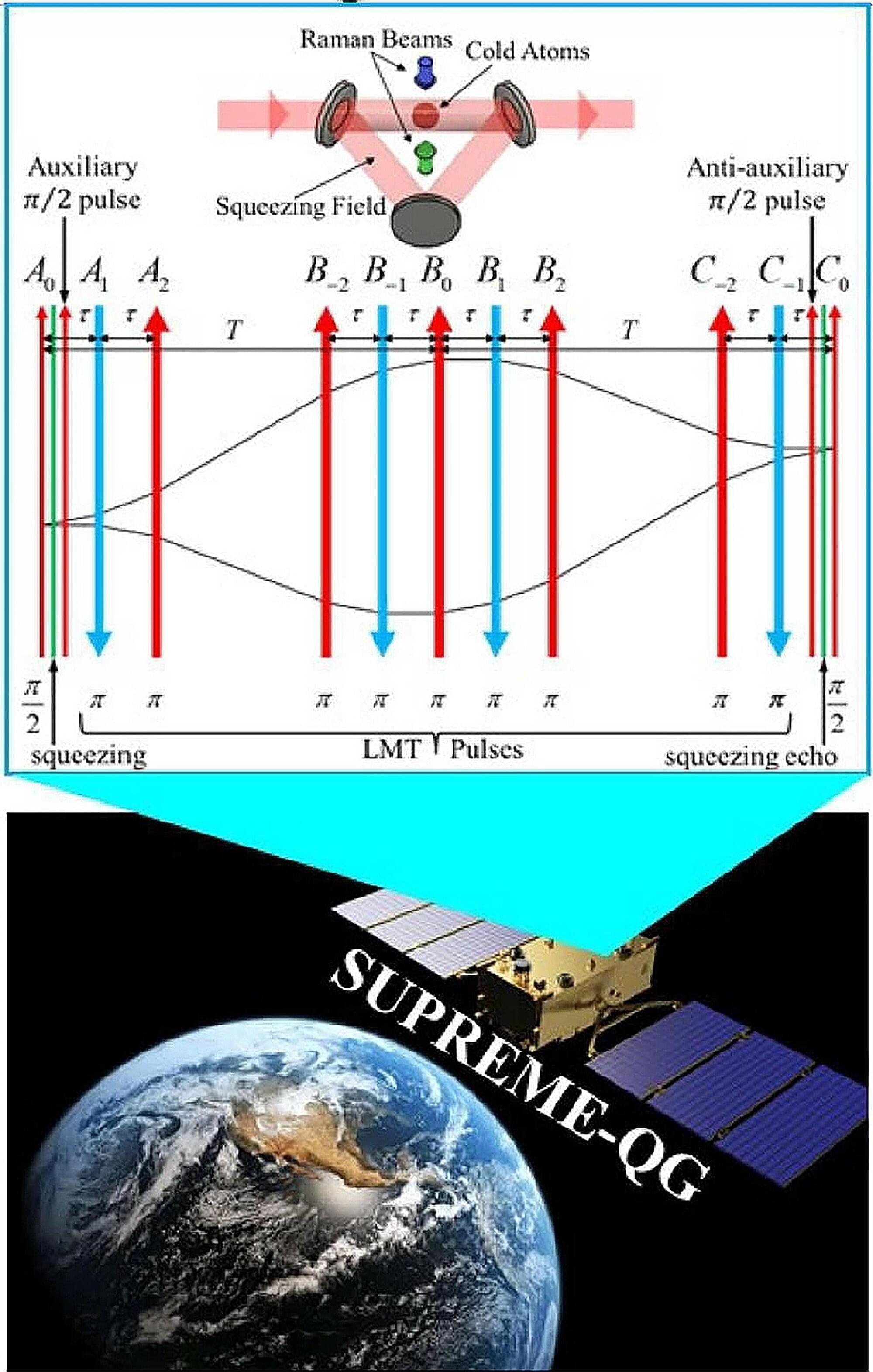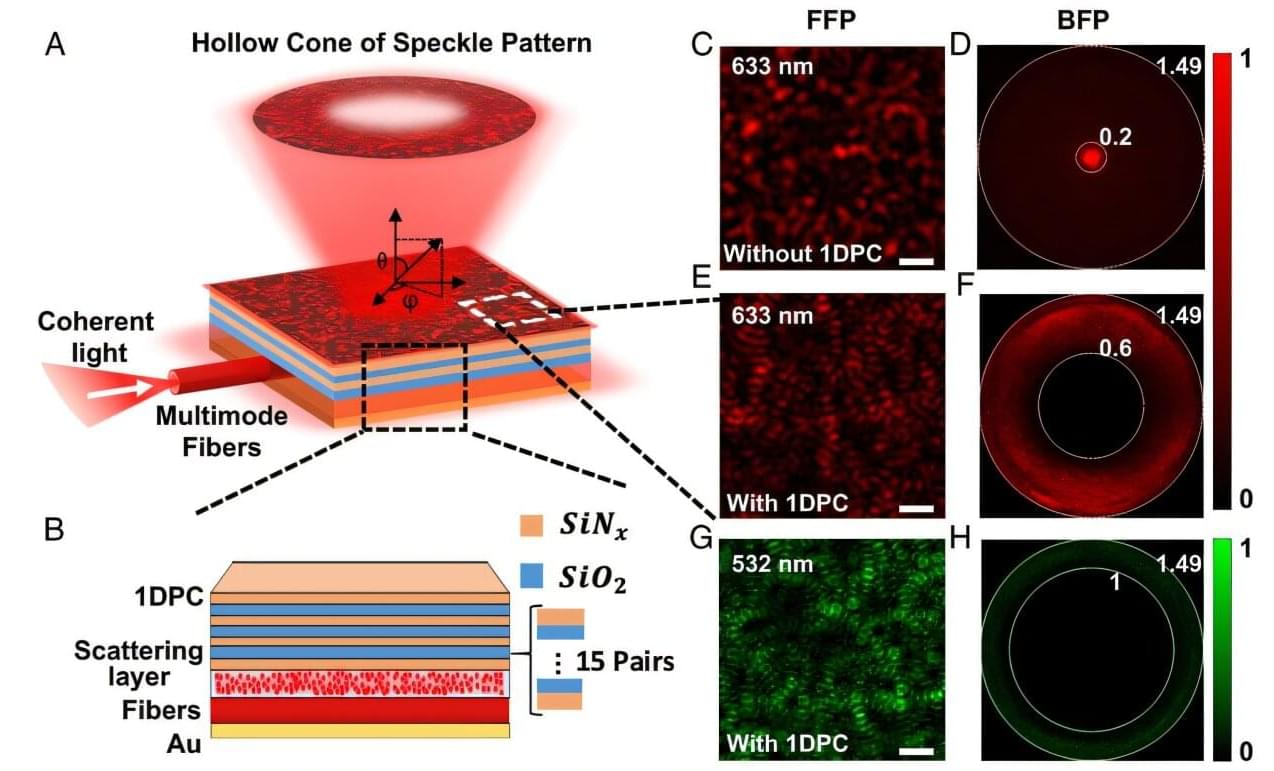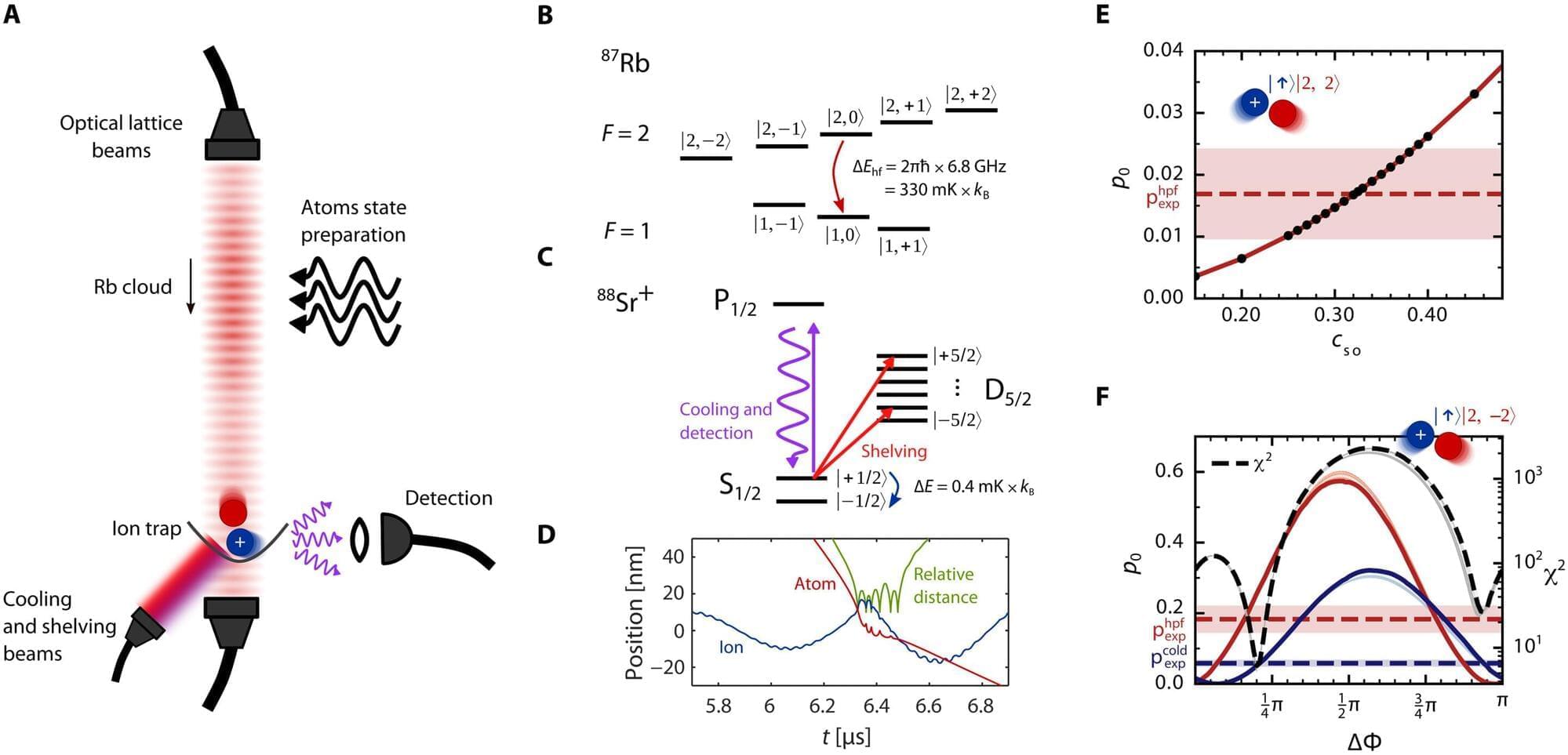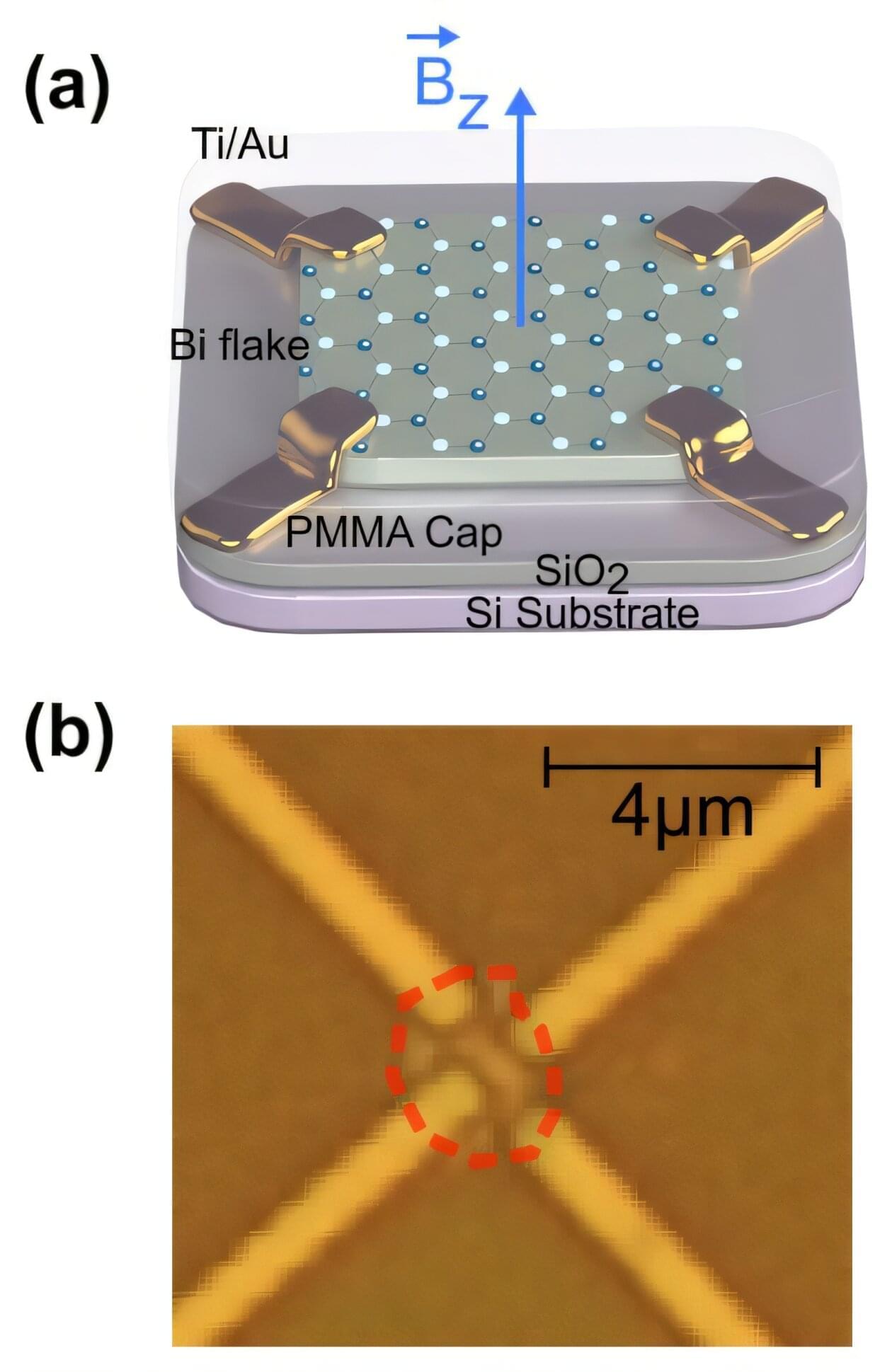Below is an overview of a developing cancer treatment that relies on highly focused sound waves in a liquid medium (often the body’s own fluids) to non-invasively destroy tumors. Though the technology is still in various stages of research and clinical trials, it shows promise as a potential alternative or complement to surgery, radiation, or traditional chemotherapy.
1. What Is This Technology?
A primary example of a soundwave-based treatment that uses water or fluid in the body is called histotripsy (or, more broadly, high-intensity focused ultrasound—HIFU). Histotripsy is an emerging therapy that directs ultra-short, high-intensity ultrasound pulses at a targeted area, causing microscopic, rapid changes in tissue pressure.



